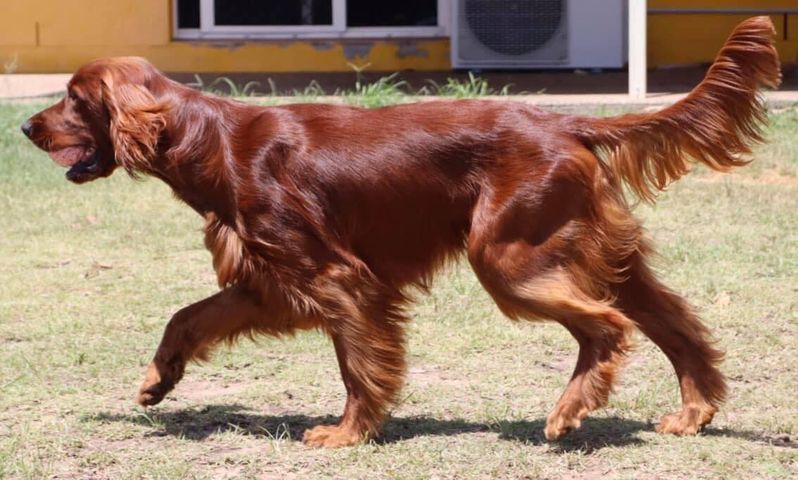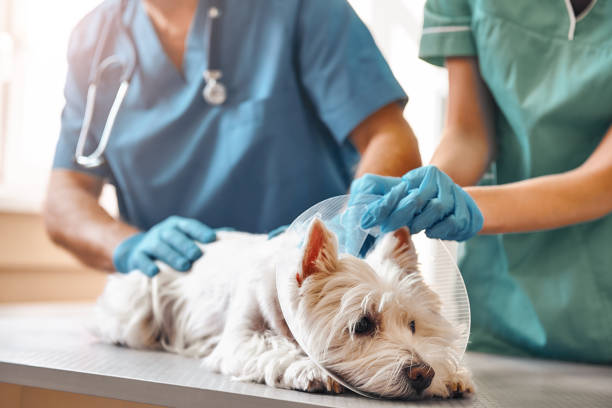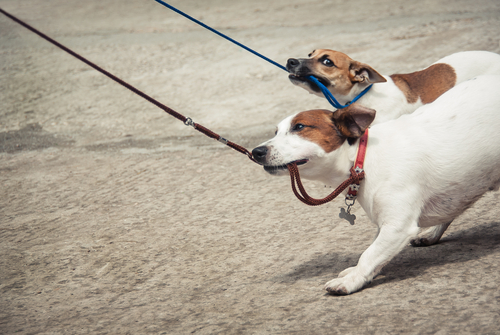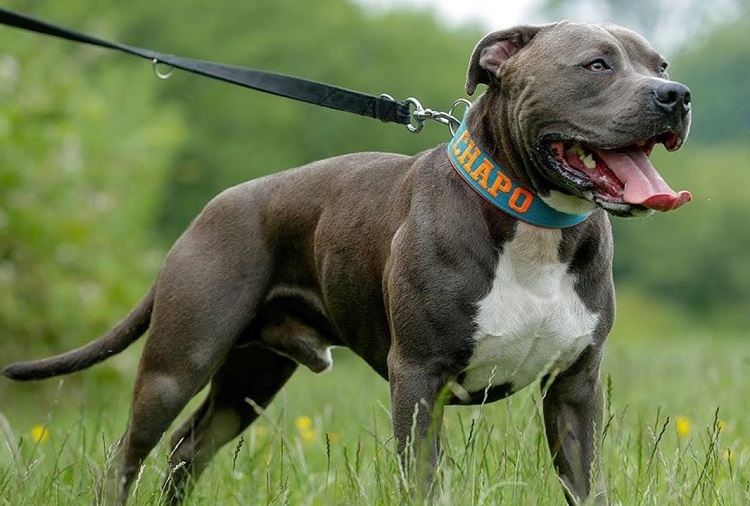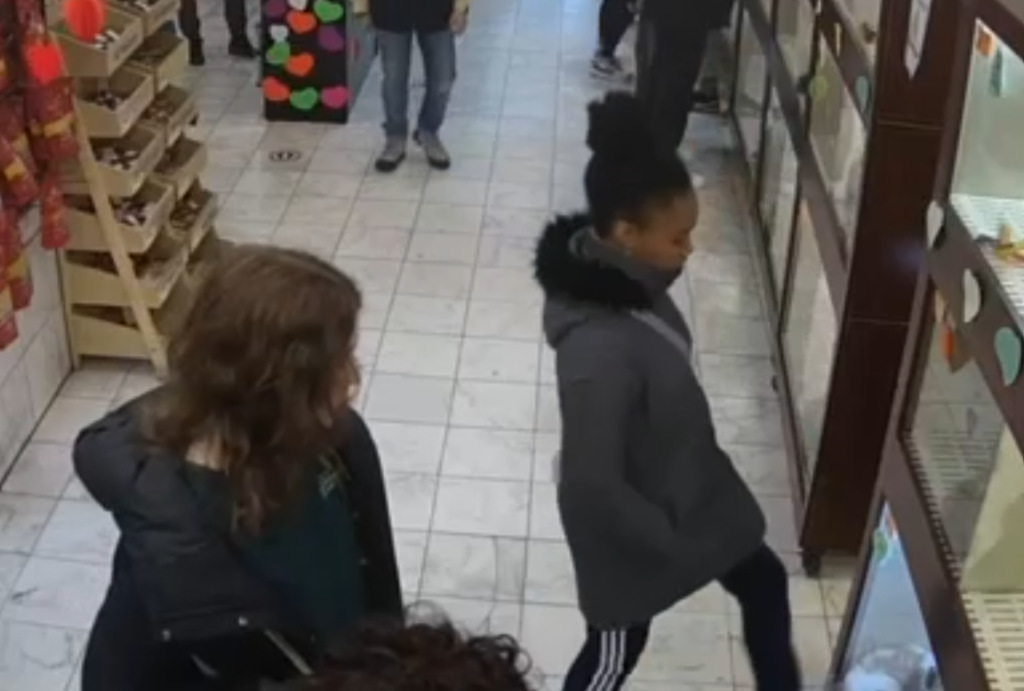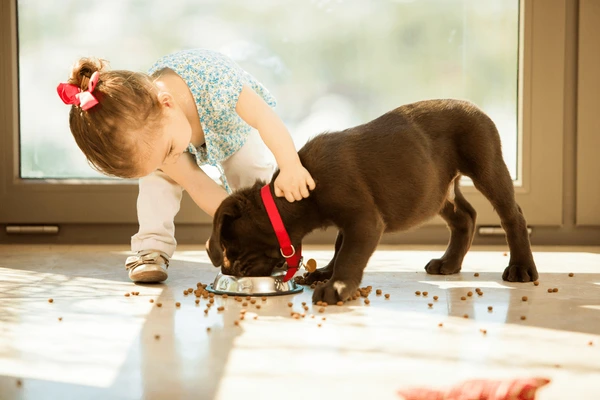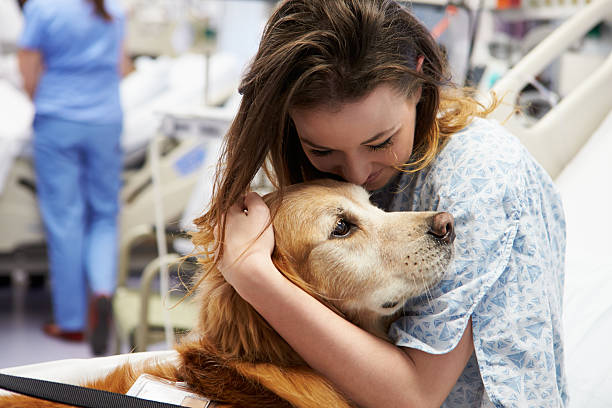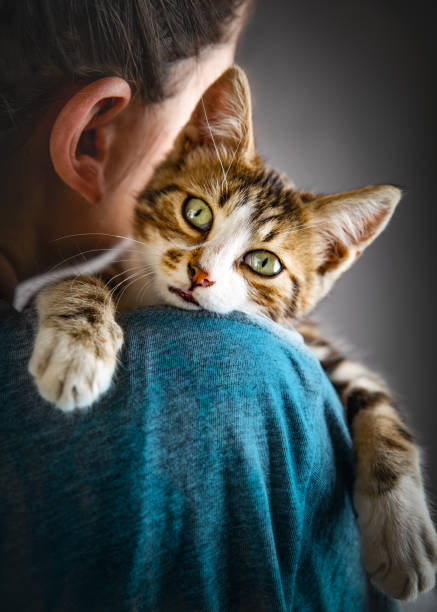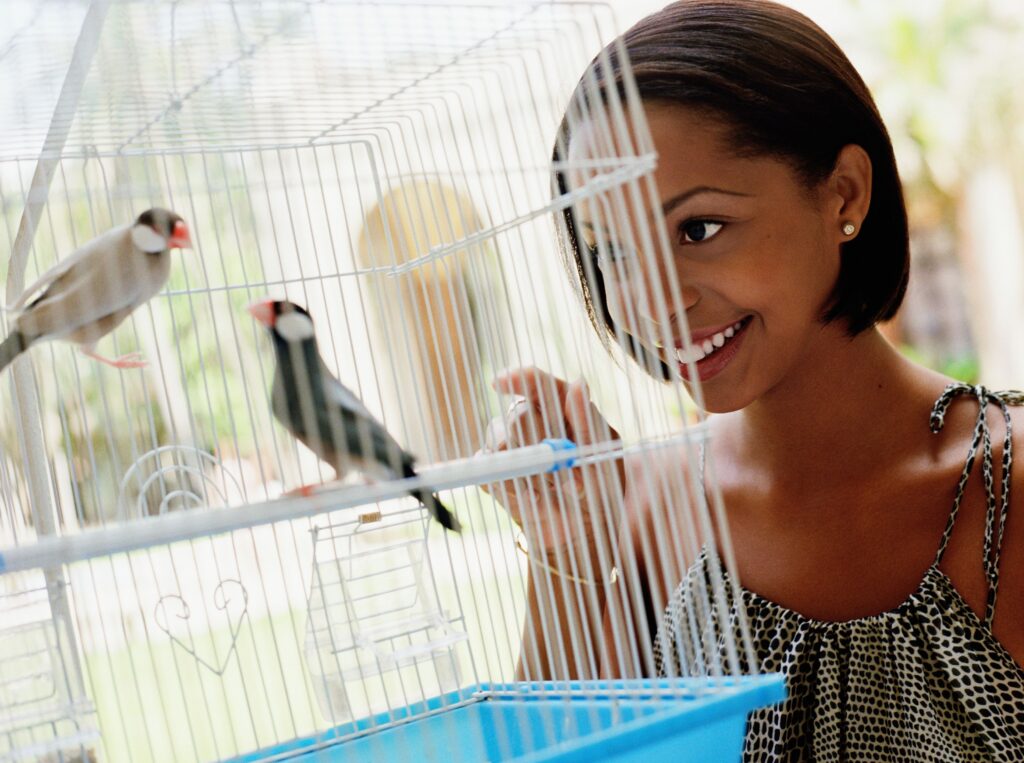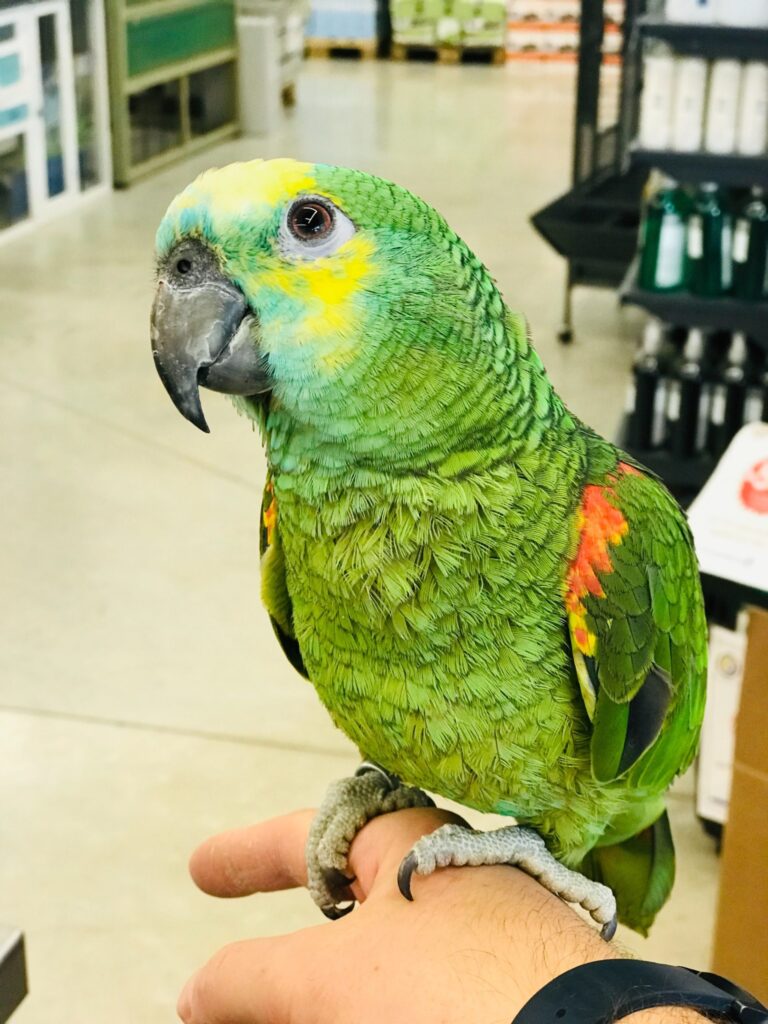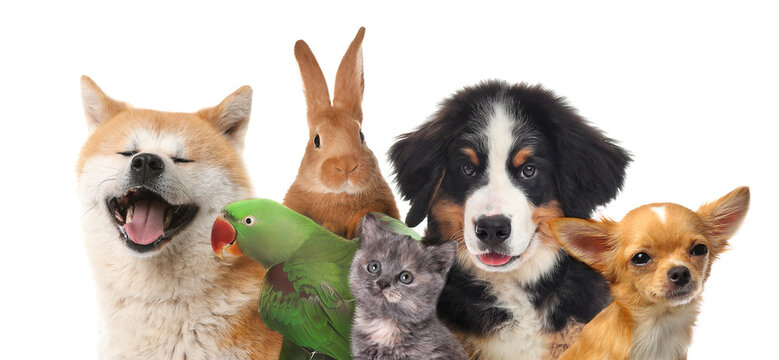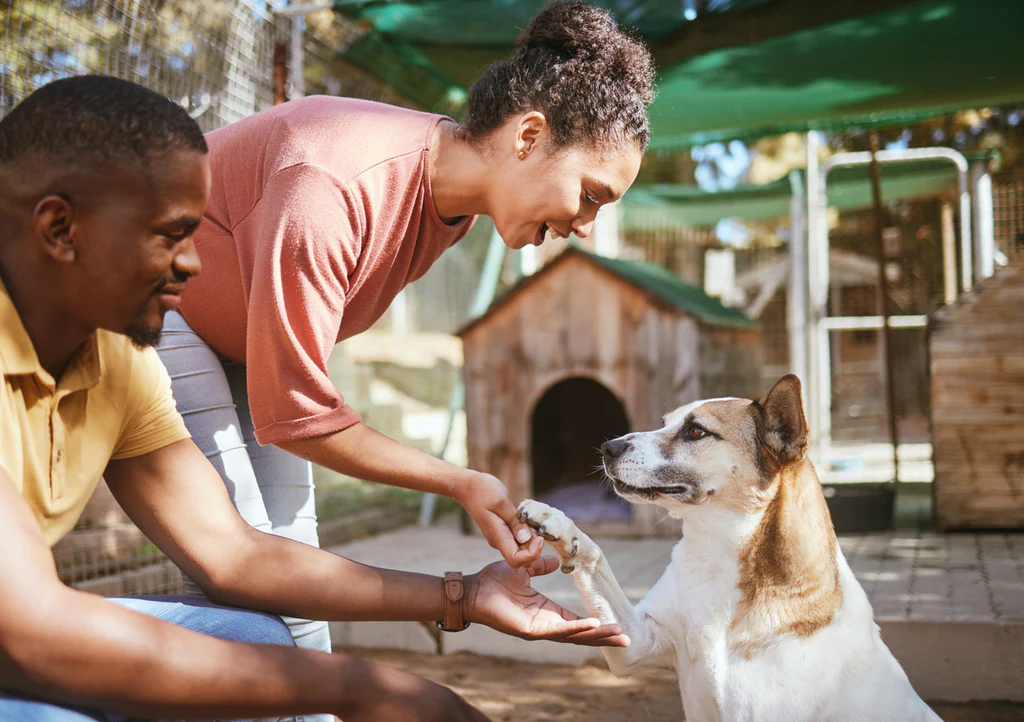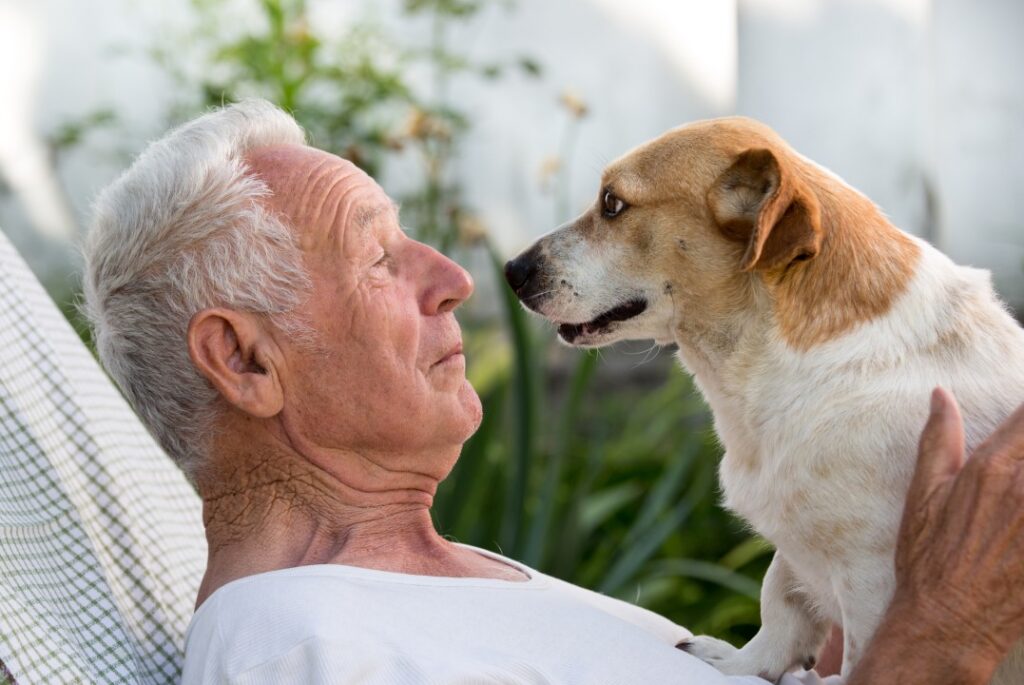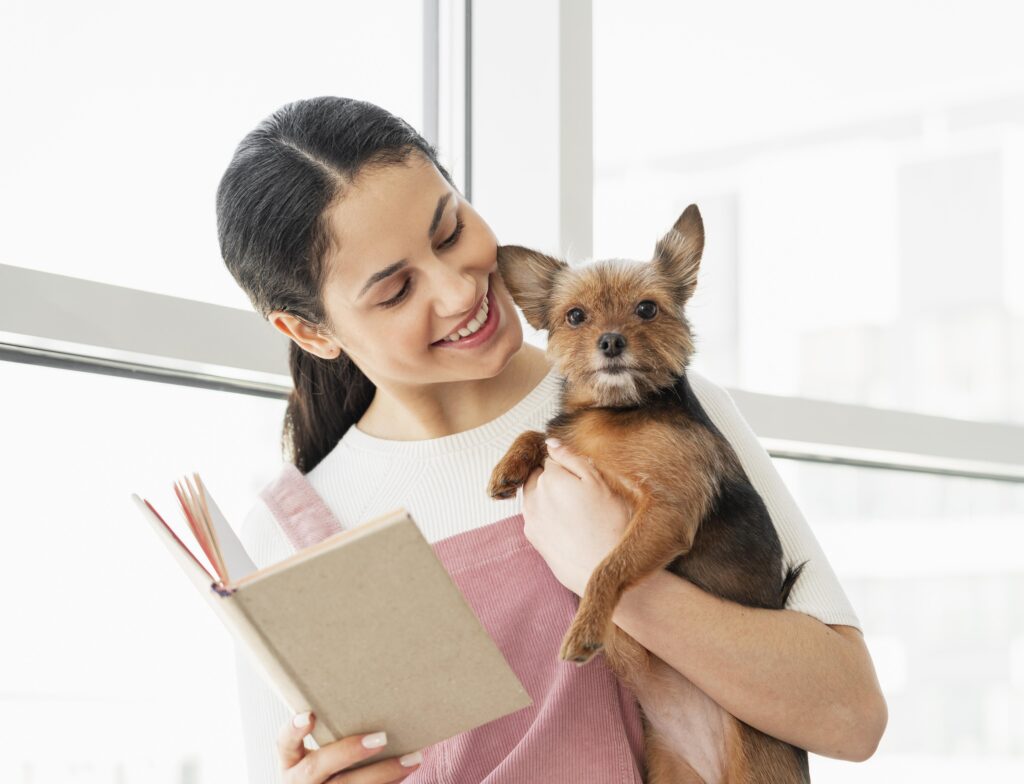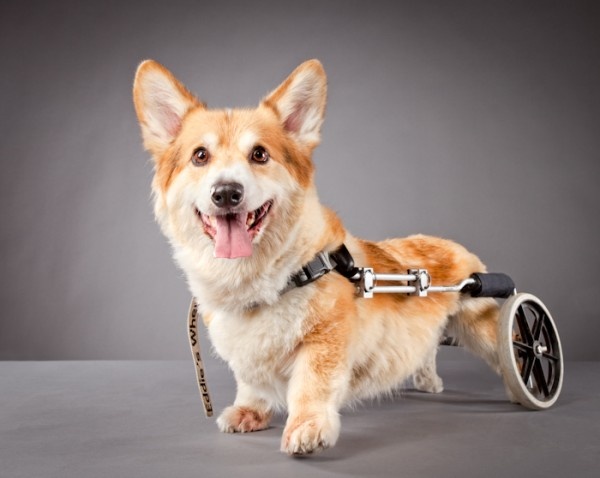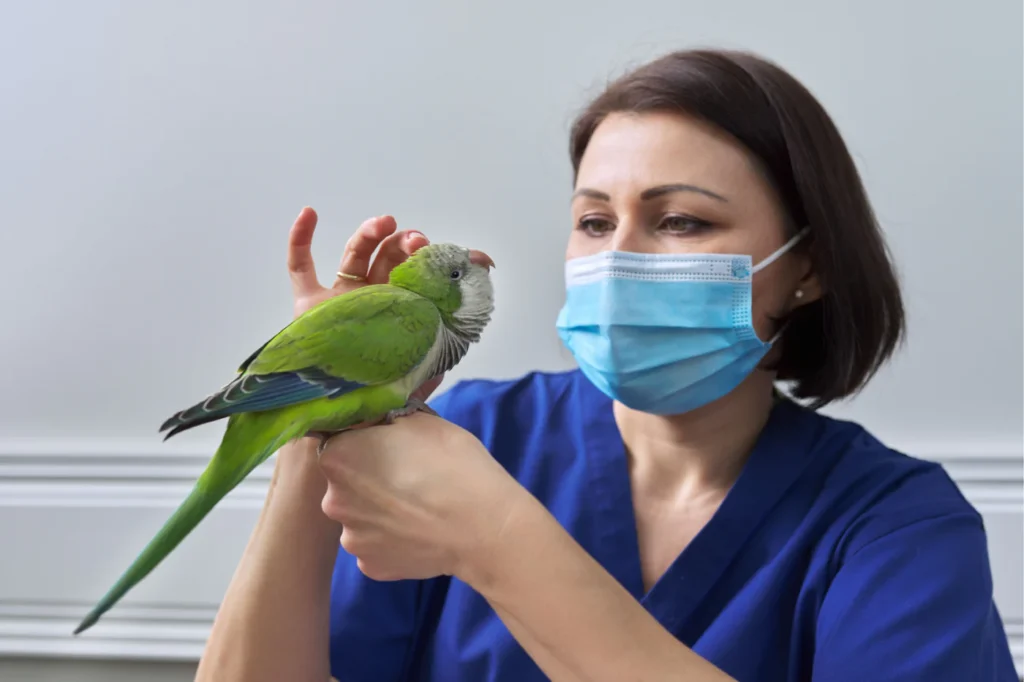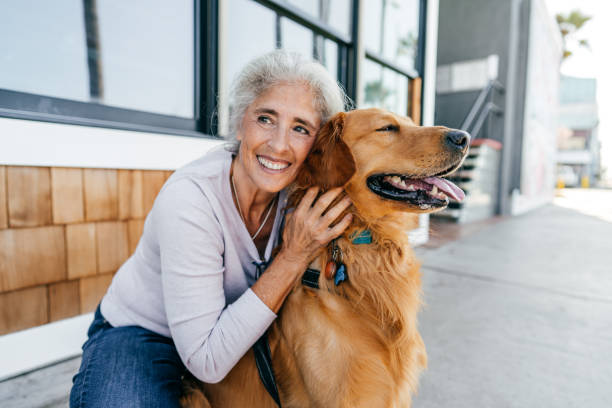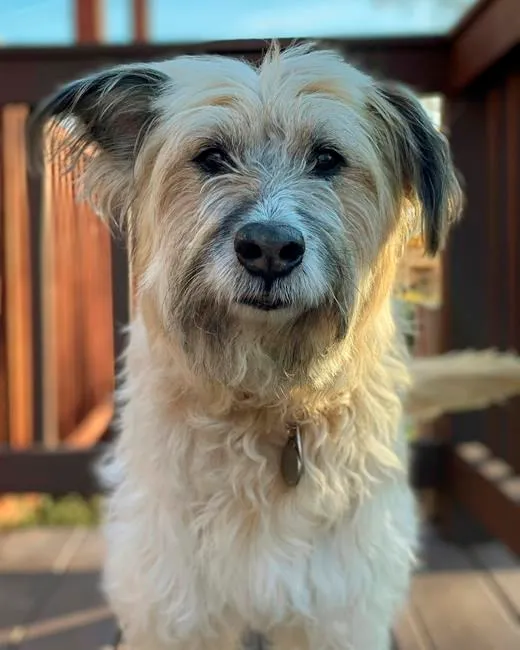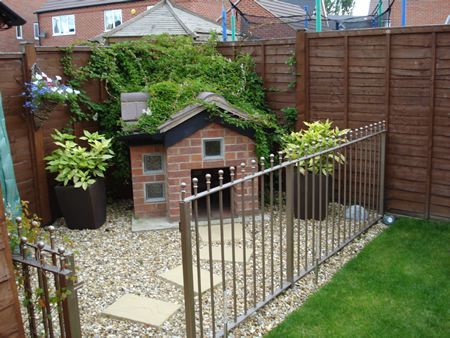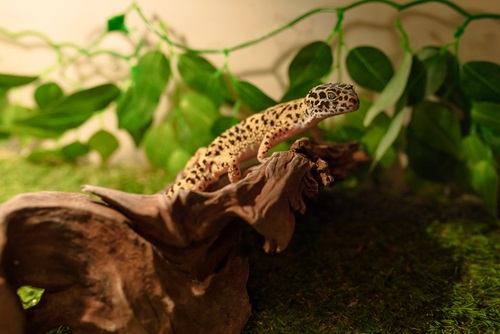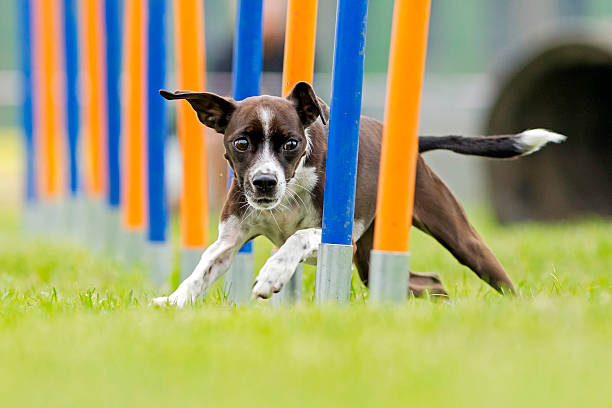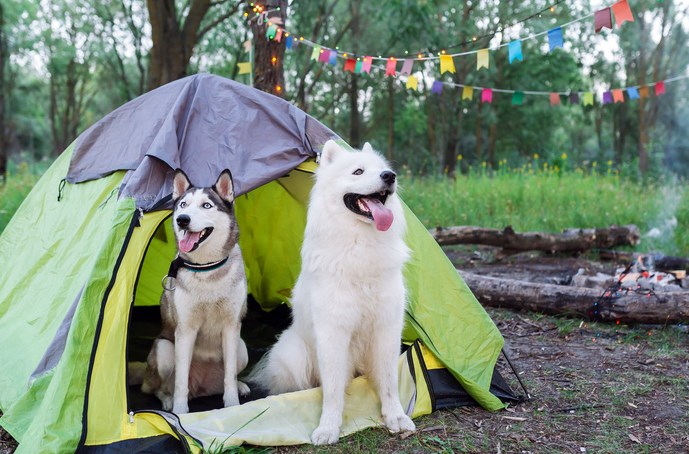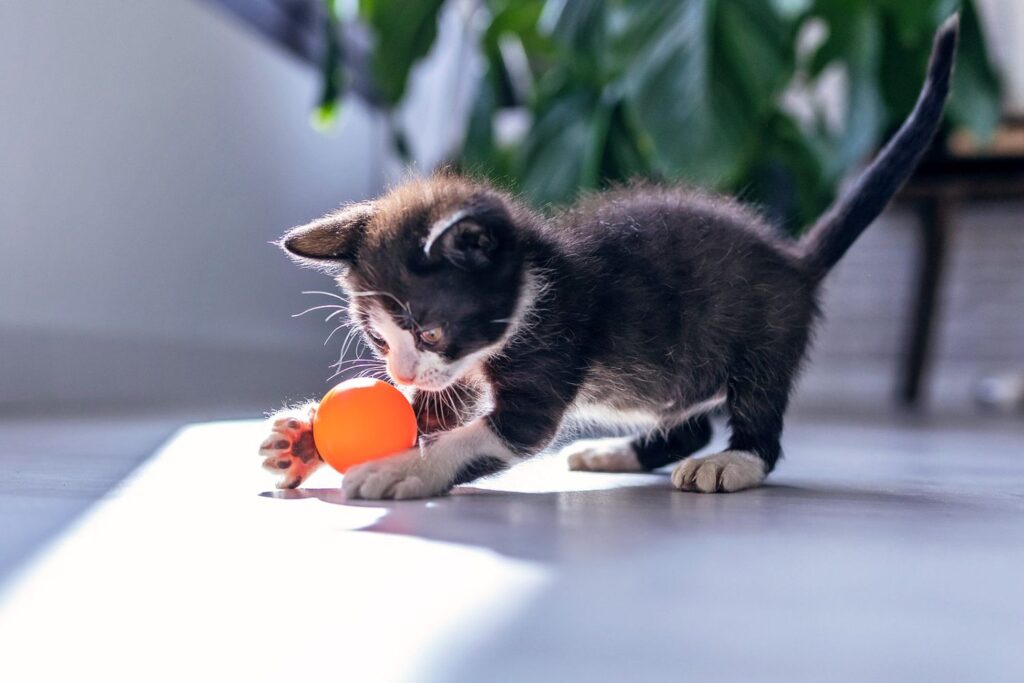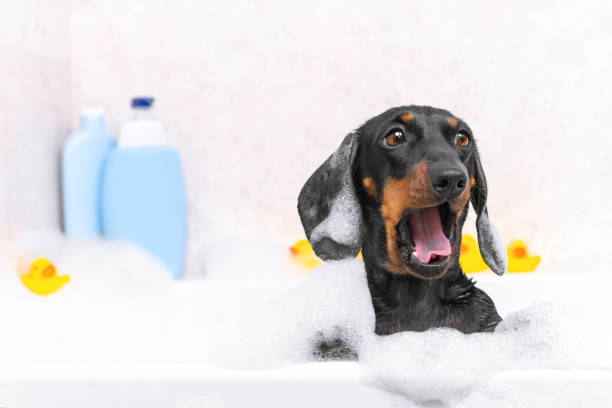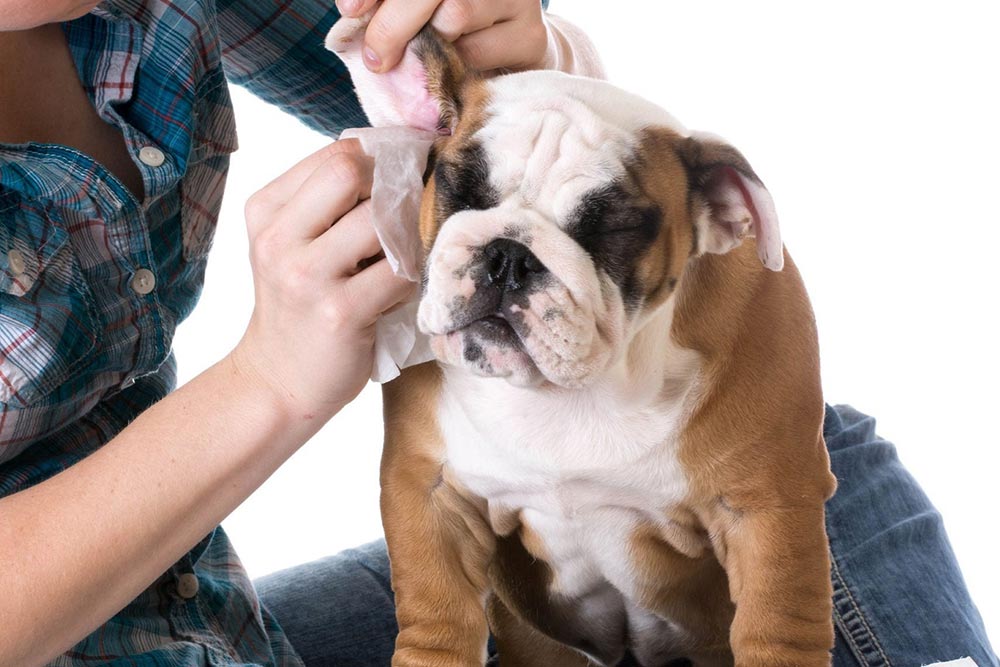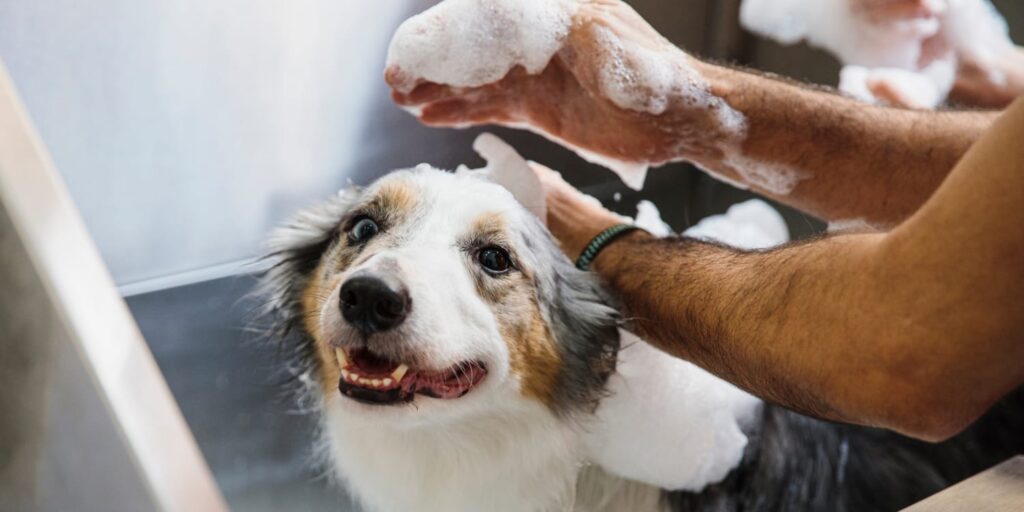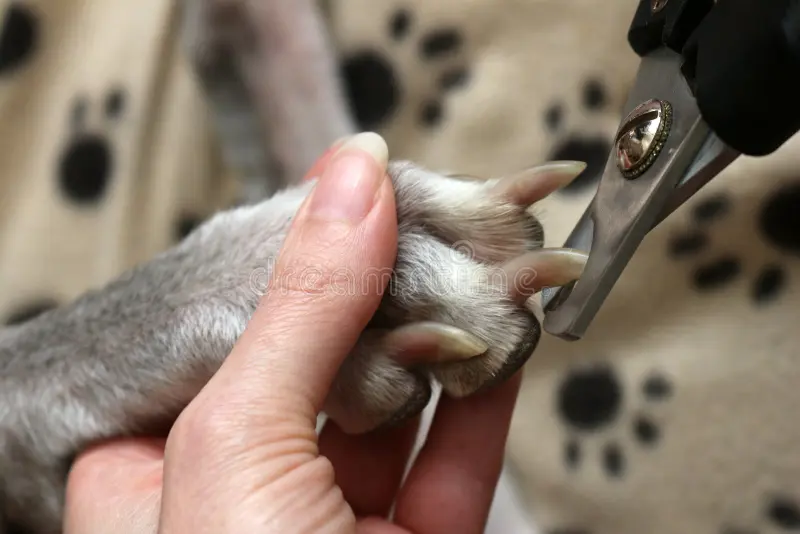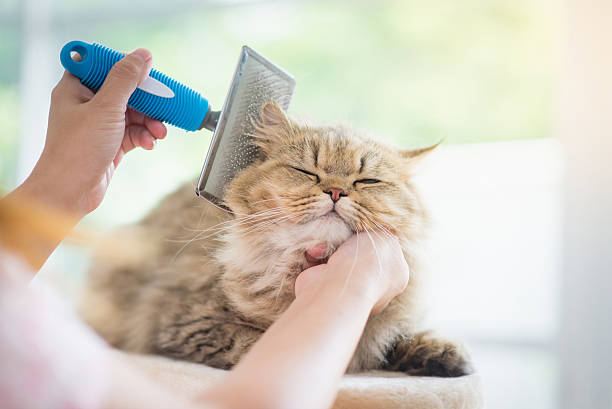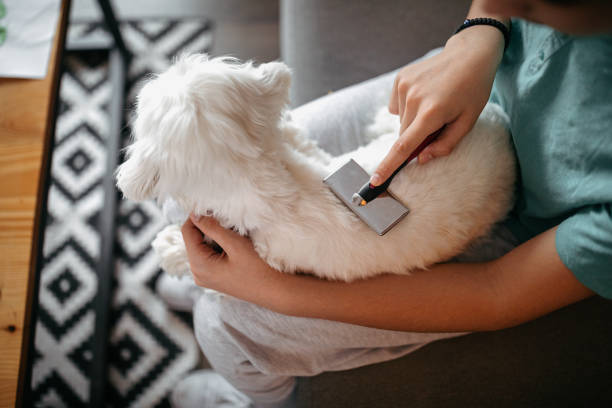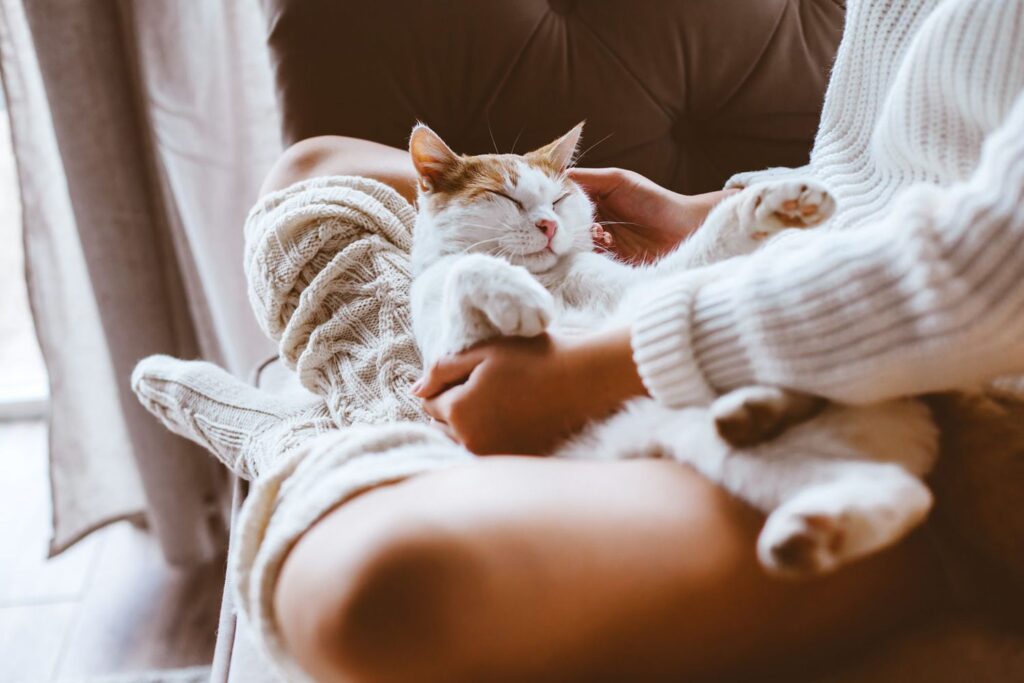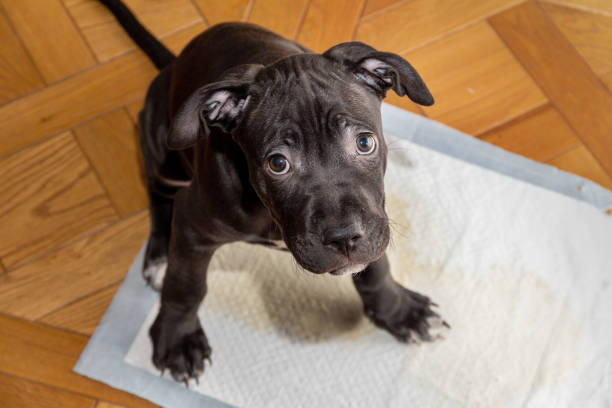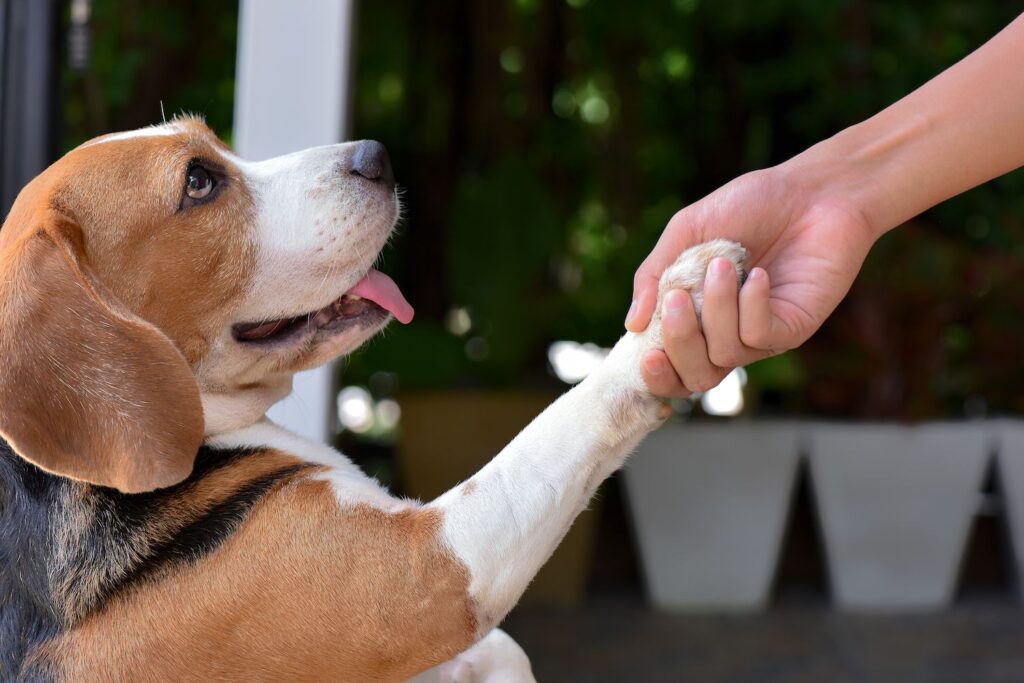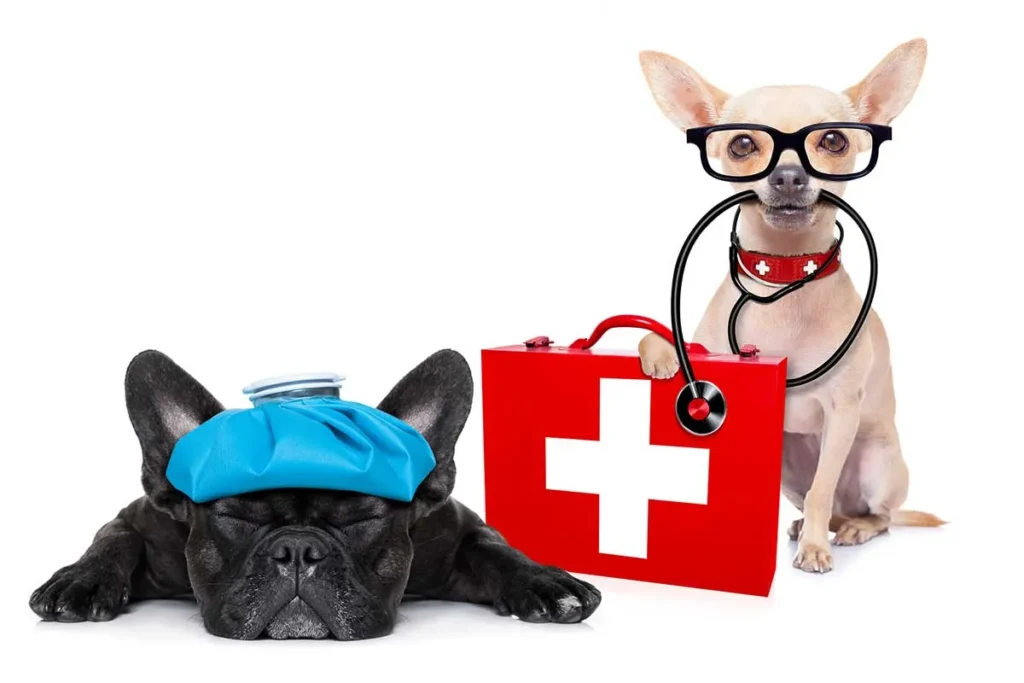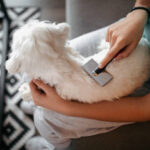How to Address Separation Anxiety in Dogs
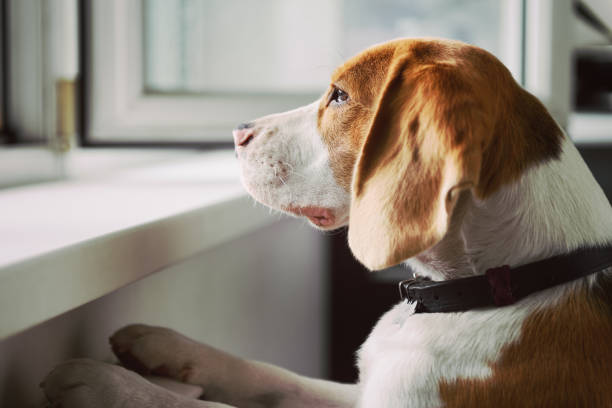
Separation anxiety is a common challenge for many dog owners, but with patience and understanding, it can be effectively managed. Here’s a guide on how to address separation anxiety in your furry friend.
1. Recognizing the Signs
Understanding the signs of separation anxiety is crucial. Excessive barking, destructive behavior, and house soiling when left alone are common indicators. Recognizing these signs early allows for prompt intervention.
2. Gradual Desensitization
Start by desensitizing your dog to departures. Practice leaving for short periods and gradually increase the time. This helps your dog learn that your absence is temporary and not a cause for stress.
3. Create a Safe Space
Establish a comfortable and secure space for your dog when you’re away. Use a crate or a designated area filled with familiar items like toys and blankets. This helps create a positive association with alone time.
4. Interactive Toys and Puzzles
Provide engaging toys and puzzles that can keep your dog occupied. Interactive toys, like treat-dispensing ones, offer mental stimulation and divert their attention from your absence.
5. Establish a Routine
Dogs thrive on routine. Establish a consistent daily schedule for feeding, walks, and playtime. Predictability provides a sense of security and can reduce anxiety.
6. Professional Training and Support
Consider professional training or seek guidance from a certified dog behaviorist. They can offer personalized strategies to address separation anxiety based on your dog’s specific needs.
7. Gradual Departures and Returns
Avoid making departures and returns overly dramatic. Keep greetings low-key to prevent reinforcing anxiety. Practice brief departures and returns to help normalize your comings and goings.
Remember, addressing separation anxiety is a process that requires patience and commitment. By implementing these strategies, you can create a positive and secure environment, helping your dog feel more at ease when you’re not around.



